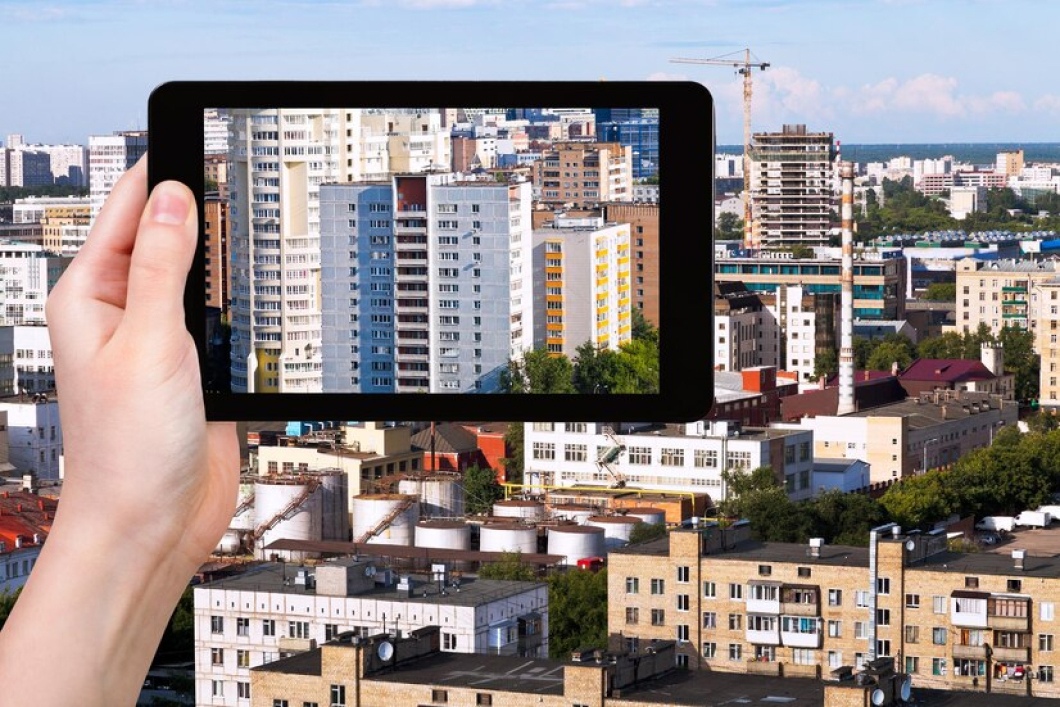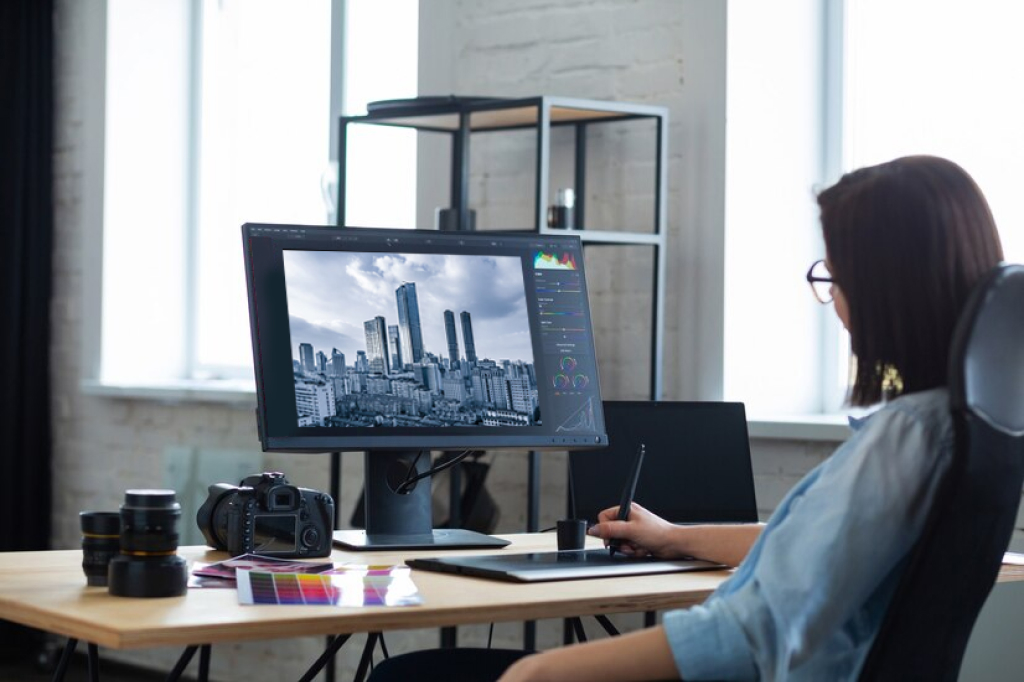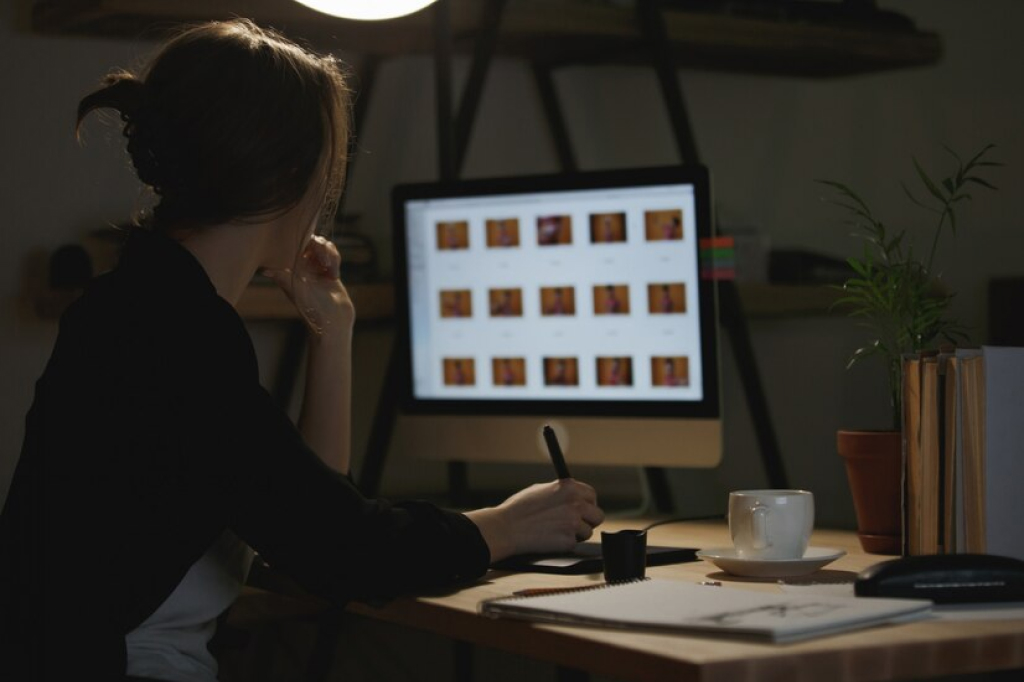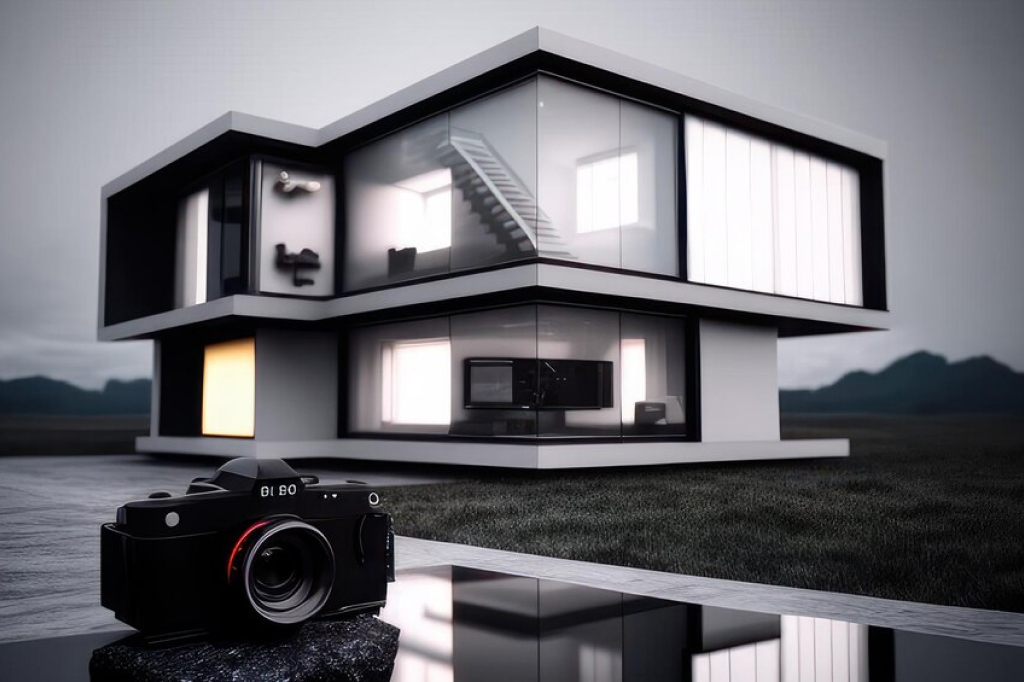Optimizing Lighting and Composition: Key Elements of Real Estate Photo Retouching

Table Of Contents
In the highly competitive real estate market, having visually captivating photographs can make a significant difference. It’s not just about having a high-quality camera; the magic often happens in the post-processing stage – retouching. Mastering the art of lighting optimization and composition greatly influences the appeal of your real estate photography.
What is Lighting Optimization in Real Estate Photo Retouching?

Lighting optimization in real estate photo retouching is all about enhancing the property’s visual appeal by using various techniques to adjust the lighting in the photographs.
By optimizing lighting, photographers and retouchers can create images that accurately represent the property and are more inviting and appealing to potential buyers. It’s a crucial step in the process of real estate photo retouching that can significantly impact the perceived value of a property.
Here is what it involves:
- Natural Light Utilization: The best friend of any real estate photographer is natural light. It’s recommended to schedule photo shoots during the golden hours— early morning or late afternoon— to capture warm, soft lighting highlighting the property’s features.
- HDR Techniques: High Dynamic Range (HDR) imaging is used to merge multiple exposures of the same scene, capturing a wide range of tones. This technique reveals details in shadows and highlights, ensuring that the property looks its best under any lighting conditions.
- Artificial Lighting: When natural light isn’t enough, artificial lights fill the gaps. This might involve using bounced flash to minimize shadows and balance the light throughout the scene.
- Adjusting and Removing Lights: Sometimes, certain light sources can cause unwanted glare or shadows. Retouchers can modify or remove these lights digitally to create a more harmonious lighting effect.
- Perspective Correction: This involves correcting any distortion caused by the camera lens to ensure that lines are straight and the property appears as it would in person. This often goes hand-in-hand with lighting adjustments to make sure the property is presented in the best possible way.
Understanding The Importance of Lighting Optimization

Proper lighting is a critical element in photography, particularly in real estate photography. It could mean the difference between selling a property swiftly or having it linger on the market. For instance:
- The Role of Natural Light: Strategic use of natural light can enhance an image’s appeal, making spaces look bigger, more inviting, and realistic. It’s vital to schedule shoots during the day to capture as much natural light as possible.
- The Impact of Artificial Light: While natural light is preferable, artificial light can compensate when natural light is insufficient. It also aids in creating a warm and cozy atmosphere within the interior spaces, especially for evening shoots.
Lighting optimization plays a pivotal role in real estate photo retouching for several reasons:
- Creating Mood and Atmosphere: Proper lighting can set the desired mood, making a space feel warm, inviting, and homely. It’s crucial for areas where potential buyers or renters will spend significant time, like living rooms and bedrooms.
- Highlighting Features: Good lighting can accentuate a property’s best features, such as architectural details or high-quality finishes. It draws attention to these elements, making them stand out in photos.
- Enhancing Perceived Space: Bright and even lighting can make rooms appear larger and more open, which is particularly beneficial for smaller spaces that might otherwise feel cramped.
- Improving Photo Quality: Optimized lighting results in higher-quality images with better clarity and fewer distracting shadows or glares. This can significantly impact a buyer’s first impression of the property.
- Increasing Engagement: Well-lit photos are more likely to engage potential buyers, encouraging them to explore the listing further and consider the property as their future home.
Mastering Composition in Real Estate Photography

“Composition” in photography refers to the arrangement of elements within a frame. In real estate photography, it is vital to display the property’s best features attractively. Mastering composition in real estate photography requires thoughtful arrangements and purposeful focus.
The goal is to direct the viewer’s attention towards the most appealing aspects of the property. When the various components within the frame — furniture, fixtures, and architectural details — are arranged harmoniously, the resulting image is balanced, engaging, and tells a compelling story of the property.
Lighting plays a key role in this, enhancing textures and highlighting the architectural form. This careful juxtaposition of elements makes a significant difference in the visual narrative, ultimately influencing the buyer’s perception and decision-making process.
Highlighting Key Features
Every property has unique architectural features or design elements that set it apart. Your composition should aim to highlight these aspects, conveying the property’s unique appeal to potential buyers.
At the heart of creating compelling real estate photographs lies a combination of excellent shooting practices, and often, professional real estate photo retouching services. These services can further enhance your images by correcting color balance, removing unwanted objects and ensuring finer details are accentuated.
Emphasizing Space and Symmetry
By arranging elements to emphasize symmetry and space, you create images that are not just visually pleasing but also provide a realistic idea of the property’s layout and size. A room can appear more spacious depending on the shooting angle and placement of furniture.
Being Mindful of Backgrounds
The background of a property photo plays a significant role in portraying the entire scene effectively. It’s crucial to eliminate distracting elements, ensure a clear skyline, and maintain a clean, attractive landscape.
Ensuring backgrounds are free from distractions renders more clarity to the property in focus. Elements in the background like power lines, vehicles, or bystanders can divert potential buyers’ attention from the property.
Therefore, having a clear and clean backdrop not only keeps the main focus on the property, but also helps in showcasing the surroundings better, painting a complete picture of the home’s environment.
From a tidy lawn to a clear blue sky, every detail matters in creating a powerful and persuasive real estate image that speaks to property buyers.
Hence, a carefully maintained background greatly contributes to the overall impression of the property.
One strategy involves leveraging an image background removal service that can aide in getting rid of unwanted elements from the image background.
Things to Keep in Mind in Real Estate Photography
When it comes to real estate photography, there are several key points to keep in mind to ensure that the images are attractive, professional, and effective in showcasing the property.
So, without further ado, let us get started:
1. Use Natural Light: Schedule shoots when natural light is abundant during the day. It brings out the true colors and textures of the property.
2. Wide-Angle Lens: Employ a wide-angle lens to capture more of the room and convey a sense of spaciousness.
3. Staging: Prepare each room before shooting. Remove clutter, arrange furniture, and add small decor touches to enhance the space.
4. HDR Photography: Utilize HDR techniques to balance the lighting in the photos, especially in spaces with high contrast between light and dark areas.
5. Consistent Light Temperatures: Ensure the light temperatures are consistent across the photos to maintain color accuracy.
6. Post-processing: Edit the photos to correct lighting, color, and perspective. However, the retouching should be realistic to represent the property accurately.
7. Composition: Follow the rule of thirds and use leading lines to guide the viewer’s eye through the image.
8. Shoot Vertical Edges: Ensure vertical lines are straight to avoid distortion and give a true representation of the space.
9. Expose to the Right: Overexpose slightly to capture more details in the shadows, then bring down the exposure in post-processing.
10. Seasonal Representation: Show the property in the current season to give a sense of the environment and atmosphere.
11. Equipment: Use a tripod for stability and a remote trigger to avoid camera shake for sharper images.
12. Property Examination: Walk through the property to identify its best features and plan your shots accordingly.
Conclusion
Exploring the landscape of real estate photography can be complex, and yet, it’s incredibly rewarding once mastered.
The fine tuning of lighting and composition, underpinned with the deft application of retouching techniques, can dramatically elevate the quality of your real estate photos.
By understanding and using these key elements wisely in your post-processing workflow, you are sure to make properties more appealing to potential buyers, hence influencing the speed and profitability of sales.
Read Also:
You May Also Like

September 19, 2022
How To Choose Estate Planning Firms: Everything You Need To Know

December 20, 2023























